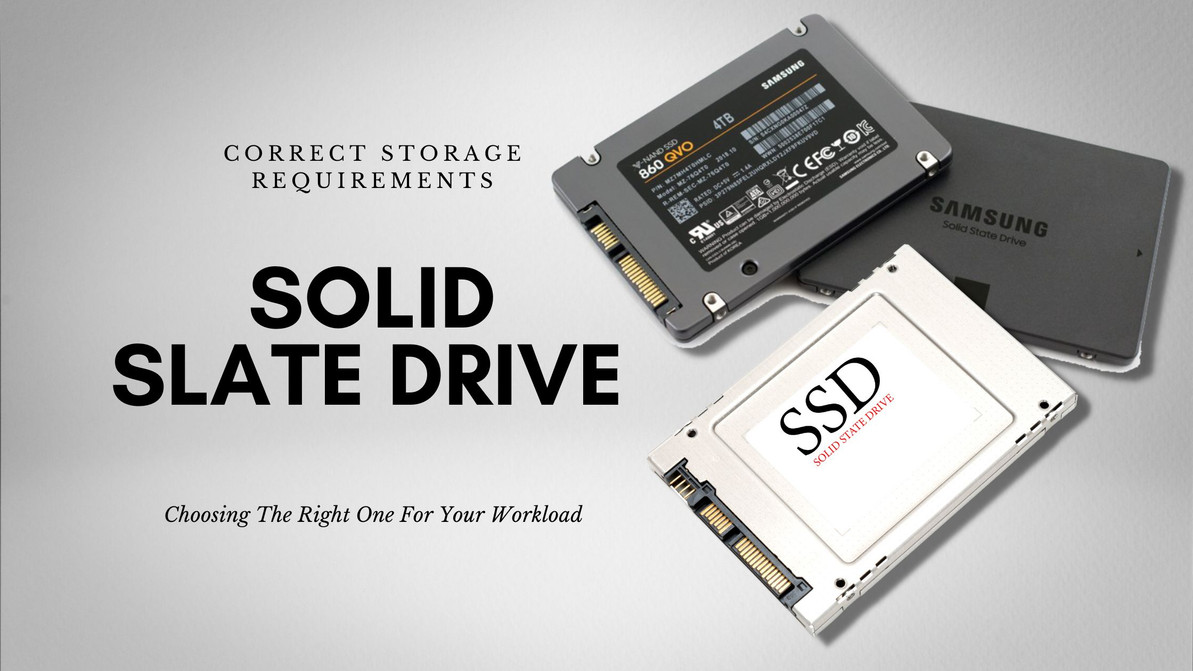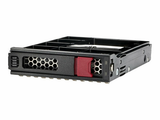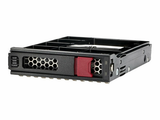How to Choose the Right SSD for your Workload
Solid State Drive or SSD has become the hot data storage drive in the market given its performance speed and efficiency.
In fact, those who intend to upgrade their computers are more likely to choose an SSD over HDD or hard-drive disk.
SSDs are known to perform faster as it uses NAND flash memory, unlike HDD which relies on mechanical parts to read/write data. It is more durable and resistant to damage, more reliable, much less prone to failure, and easy to install. It also has better latency, lower power consumption, and higher tolerance to an extreme environment.
It is primarily beneficial for servers, enterprise, and small-business owners, mobile devices, and gaming computers.
Before purchasing an SSD, it is crucial to assess which type of SSD suits your needs. The easiest way to do so is to review the specs and benchmarks that will serve as your guide in understanding how a specific SSD performance.
Specifically, in terms of workload, you can choose between three general categories: Mixed Use, Read Intensive, and Write Intensive.
These categories range from SAS (Serial-Attached SCSI) SSDs to SATA (Serial Advanced Technology Attachment) SSDs. It is also typically compatible with a non-volatile memory express (NVMe) interface.
The different categories have comparable I/O performance to Enterprise spinning media drives.
But they can be distinguished based on the number of drive writes per day (DWPD) that defines its performance and endurance. DWPD indicates the number of times that you can overwrite the SSD’s size on each day of its lifespan.
A.Read Intensive Solid State Drives
The Read Intensive SSD is designed for workloads that require a high Read performance such as:
- Active Archiving
- Analytics
- Batch
- Boot/swap
- Cloud Computing and Storage
- Database (Low End)
- Read Caching
- Security
- Social Media
It typically is the least expensive type of SSD in the market since it utilizes low price types of NAND flash memory. Nonetheless, the performance still tops traditional storage devices such as HDDs.
While Read Intensive SSDs may have the lowest endurance among the three categories, it commonly compensates its limitation through having a larger capacity for storage.
It has a reduced random write performance due to an increase in the background operation that requires garbage collection, the process in which data are moved to free up blocks for erasing.
Read Intensive SSDs are commonly classified as an enterprise value SSD considering it has large storage capacities with low endurance compared to mainstream and performance SSDs.
Some Read Intensive SSDs are application-specific such as the HPE Read Intensive M.2 Solid State Enablement Kits which was designed for boot/swap.
B.Write Intensive Solid State Drives
Among the different categories, Write Intensive SSDs are known to have high write performance and endurance. It is best suited for applications that need a balance of write IOPS performance with an average Endurance of >=10 DWPD.
Write Intensive Solid State Drives such as HPE Write Intensive 12 Gb SAS SSDs can accommodate workloads that demand both high read and write performance. Its capacity is almost the same as that of Mixed Use SSDs but it has greater endurance.
If you are engaging in application mission-critical workloads such as media editing, analytics, and online transaction computing, and virtual desktop infrastructure (VDI), then the Write Intensive SSD id for you. Other applications that require Write Intensive SSD include:
- Big Data Analytics
- Storage & Database
- Business Intelligence
- Cloud Computing
- Collaboration Infrastructure
- Data Warehousing
- Enterprise Business Processes
- ERP
- Financial Computing
- Networking
- OLTP
- Scientific & Engineering (high)
C.Mixed Use Solid State Drives
If your applications need high random read and write IOPS performance, then you can rely on the high performance and durability of Mixed Use SSDs.
Mixed Use SSD is ideal for:
- Business Processing
- Cloud Computing & Storage
- Collaboration (SharePoint/Messaging)
- Database (Mid-Range)
- General Business Applications
- IT Infrastructure (File/Print)
- Monolithic Applications
- Scientific and Engineering (Medium)
- Virtualization (Medium Density)
It is best suited for workloads that require a balance of robust Read and Write performance with a product Endurance averaging >1 to <10 DPWD.
Despite its high endurance, Writer Intensive SSDs have smaller capacities compared to Read Intensive SSDs.
SSD devices such as the HPE Servers Mixed Use (MU) Solid State Drive (SSD) offer 12/6 Gb SAS or 6 Gb SATA that work best for demanding I/O-intensive applications.
Key Takeaway
Choosing the right SSD for your workload can be easily done as solid-state drives nowadays are application-specific. But it requires a clear understanding of the nature of your workload to maximize the use of SSD whether in business transactions or personal storage. Likewise, consider the size of your data but most importantly the kind of performance you are looking for.
Recent Posts
-
Solid Confidence in Every Byte: Powering ProLiant Gen10 and Gen10 Plus Servers with the HPE 960GB LFF Value SAS SSD
HPE 960GB 3.5-inch LFF Digitally Signed Firmware SAS-12Gbps Mixed Use Value SAS Multi Vendor SSD for …Dec 13th 2025 -
Where Reliability Meets Everyday Speed: Empowering ProLiant Gen9 and Gen10 Servers with the HPE 960GB LFF SATA Mixed Use SSD
HPE 960GB 3.5-inch LFF Digitally Signed Firmware SATA-6Gbps Mixed Use SSD for ProLiant Gen9 and Gen1 …Dec 12th 2025 -
The Titanium Heart of Your Datacenter: Unleashing Power with the HPE 960GB LFF Digitally Signed Firmware SAS Enterprise SSD
Powering Enterprise Reliability with the HPE 960GB 3.5-Inch LFF Digitally Signed Firmware TLC SAS-12 …Dec 10th 2025




